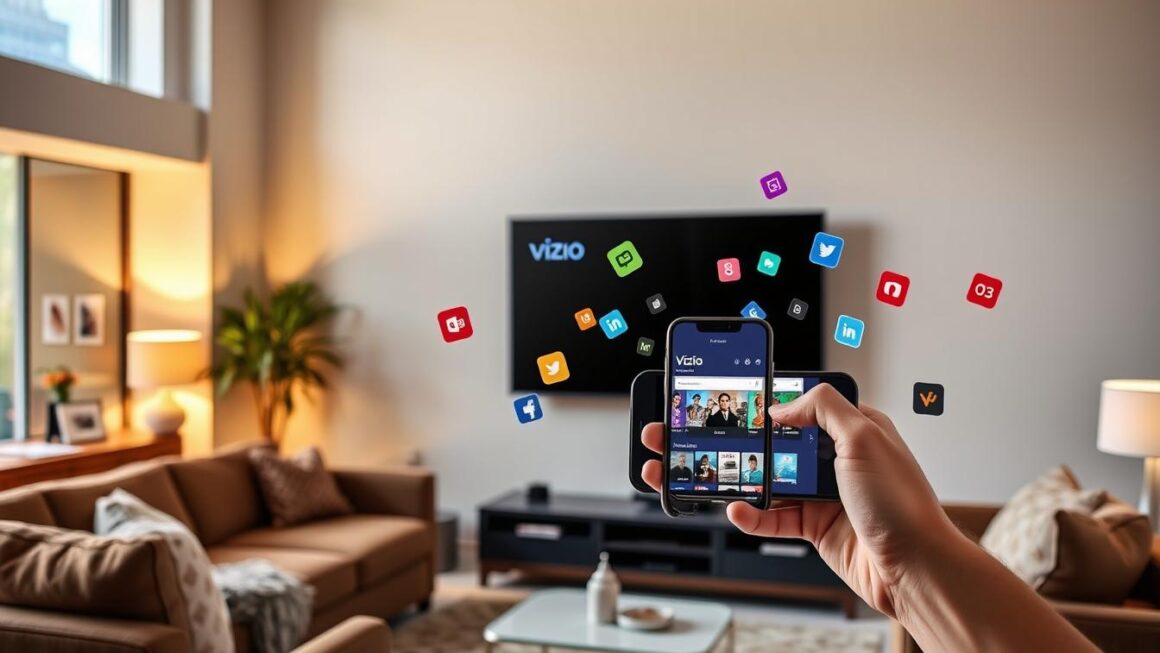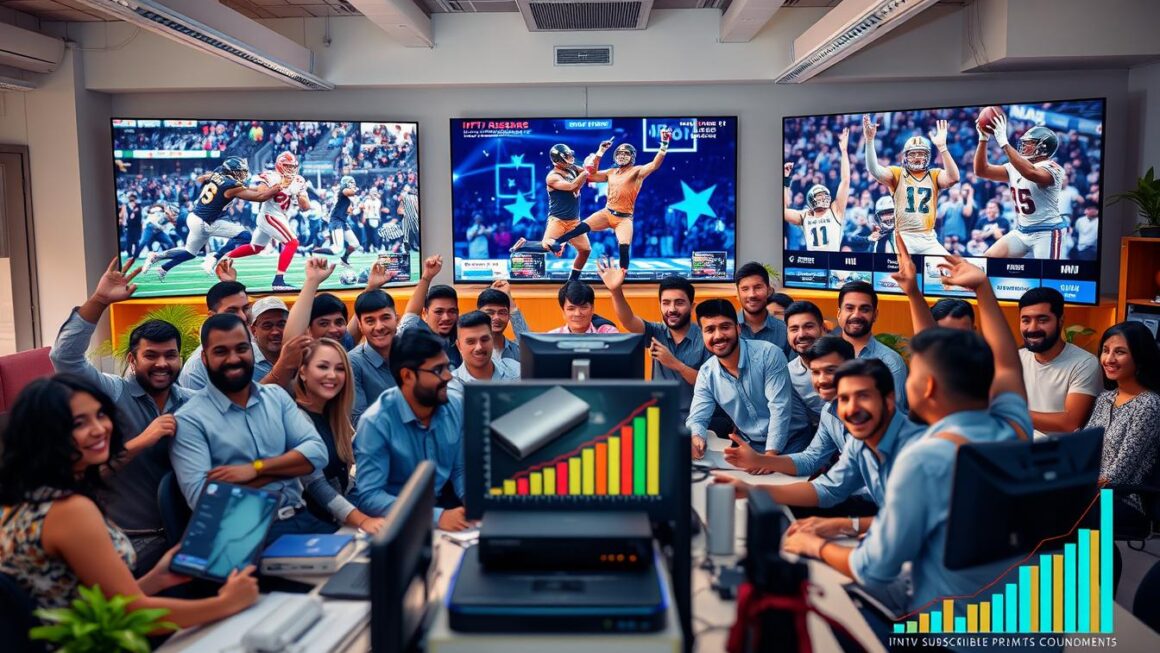In an era marked by rapid technological advancements and changing consumer behaviors, the media landscape is undergoing a seismic shift. The rise of on-demand content platforms has revolutionized the way we consume entertainment, news, and information. Gone are the days of rigid programming schedules and appointment viewing; today, audiences wield unprecedented control over what they watch, when they watch it, and how they engage with it. This article explores the factors contributing to the rise of on-demand content, its impact on traditional media, and what the future may hold for this dynamic sector.
The Birth of On-Demand Content
On-demand content refers to media that can be accessed and consumed at the viewer’s convenience, rather than according to a predetermined schedule. Its roots can be traced back to the advent of digital video recorders (DVRs) and the internet’s growing capacity for streaming video. However, it was the launch of platforms such as Netflix, Hulu, and Amazon Prime Video that truly catalyzed the on-demand revolution. These services not only provided an extensive library of films and television series but also pioneered binge-watching culture by releasing entire seasons of shows simultaneously.
Factors Driving On-Demand Content Adoption
-
Technological Advancements: The proliferation of high-speed internet and smart devices has made streaming content accessible almost anywhere. Smartphones, tablets, and smart TVs enable viewers to consume media on their terms, leading to a shift in viewing habits.
-
Changing Consumer Preference: Today’s audiences prefer customized experiences that allow for greater autonomy. On-demand content caters to this desire by eliminating the need to conform to rigid broadcast timetables. Viewers can curate their own playlists, revisit favorite episodes, and discover niche genres that traditional media might overlook.
-
Global Accessibility: On-demand platforms have introduced content to global audiences, transcending geographical boundaries. For example, a show produced in South Korea can gain a massive following in the United States or Europe, thanks to subtitling and dubbing technologies. This increased access fuels cultural exchange and introduces diverse storytelling formats.
- Content Creation Boom: The competition among on-demand platforms has led to an explosion of content creation, often referred to as the "content wars." Major streaming services are investing billions in original programming, resulting in a richer variety of choices for consumers.
Impact on Traditional Media
The rise of on-demand content has forced traditional media outlets, including cable networks and broadcast channels, to reevaluate their business models. Here are some of the significant changes they are experiencing:
-
Declining Subscriptions and Viewership: As more viewers turn to on-demand platforms, traditional cable subscriptions have seen a steady decline—a trend known as "cord-cutting." Networks are responding by offering their own streaming services and adapting content for digital consumption.
-
Adapting to New Formats: Traditional media companies are experimenting with shorter content formats and interactive programming to retain engagement. This adaptation is often necessary to compete with the easily digestible content available on platforms like TikTok and YouTube.
- Integrating Social and Interactive Elements: To capture the modern viewer’s attention, traditional media is incorporating interactive elements into their broadcasts. Live voting, social media integration, and second-screen experiences allow viewers to engage in real-time, enhancing the communal experience of watching.
Future of On-Demand Content
As we look ahead, several trends are likely to shape the future of on-demand content.
-
Personalization and AI: Advances in artificial intelligence will enable platforms to deliver highly personalized content recommendations based on individual viewing habits. This level of customization will enhance user experience and deepen viewer engagement.
-
The Rise of Hybrid Models: The success of services like Hulu, which combines subscription-based content with ad-supported viewing, suggests that hybrid models will gain traction. These models could provide consumers with more flexible pricing options and a broader range of content.
-
Integration of Virtual and Augmented Reality: As technology continues to evolve, we may see the introduction of immersive experiences through virtual and augmented reality. This could redefine storytelling and how content is consumed, creating deeper connections between audiences and creators.
- Sustainability and Ethical Considerations: As the environmental impact of streaming becomes more apparent, both consumers and producers are likely to prioritize sustainable practices within the industry. This could influence production methods, content distribution, and platform operation.
Conclusion
The rise of on-demand content has transformed our media consumption habits, empowering audiences with unprecedented choice and flexibility. As traditional media grapples with these changes, embracing innovation and adapting to viewers’ desires will be crucial for survival in this competitive landscape. By continuing to prioritize user experience and exploring new technologies, the media industry can navigate the challenges posed by on-demand content and thrive in this exciting new era. As we move forward, the question remains: what will the next chapter in the evolution of media look like? One thing is certain: it will be shaped by the tastes and preferences of an audience that delights in the freedom of choice.




